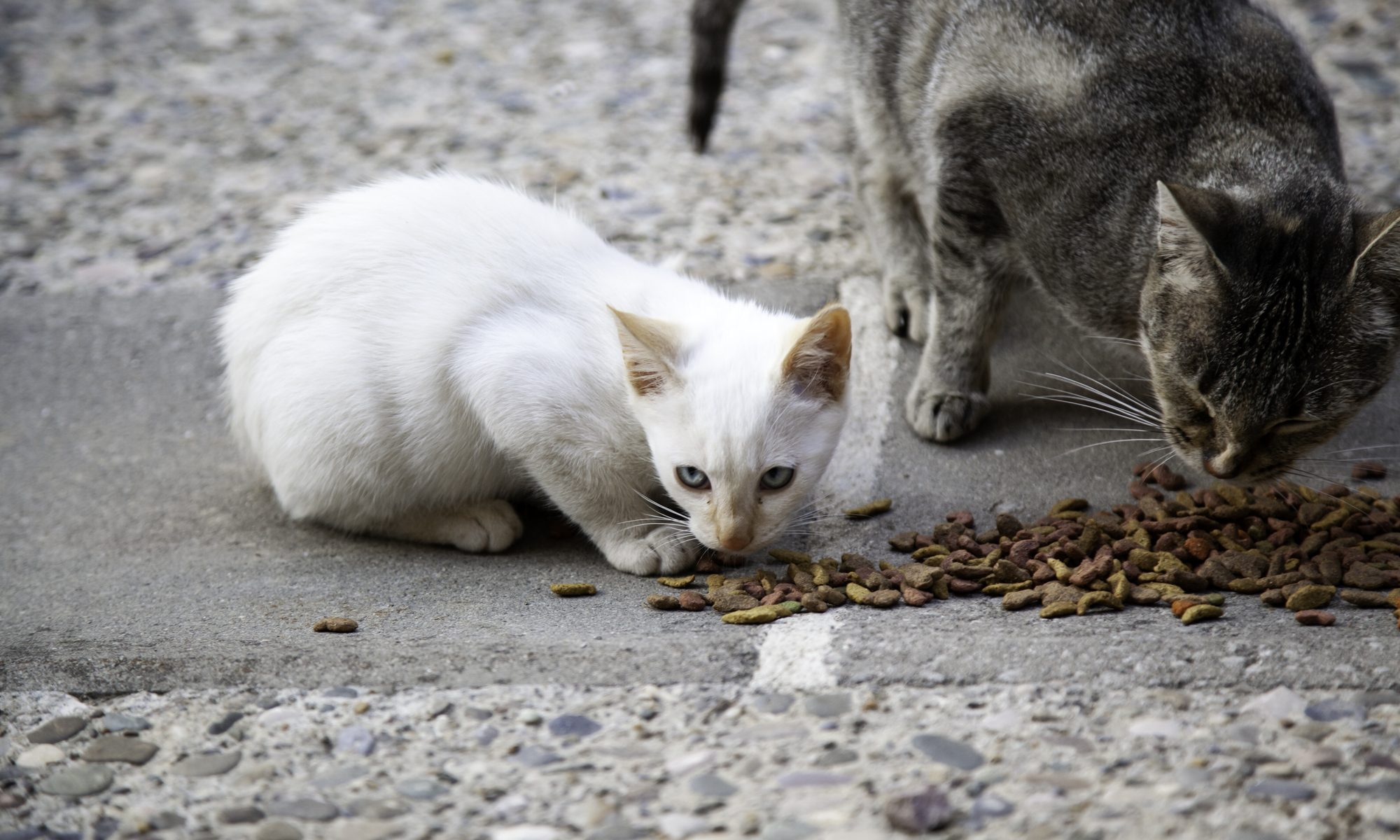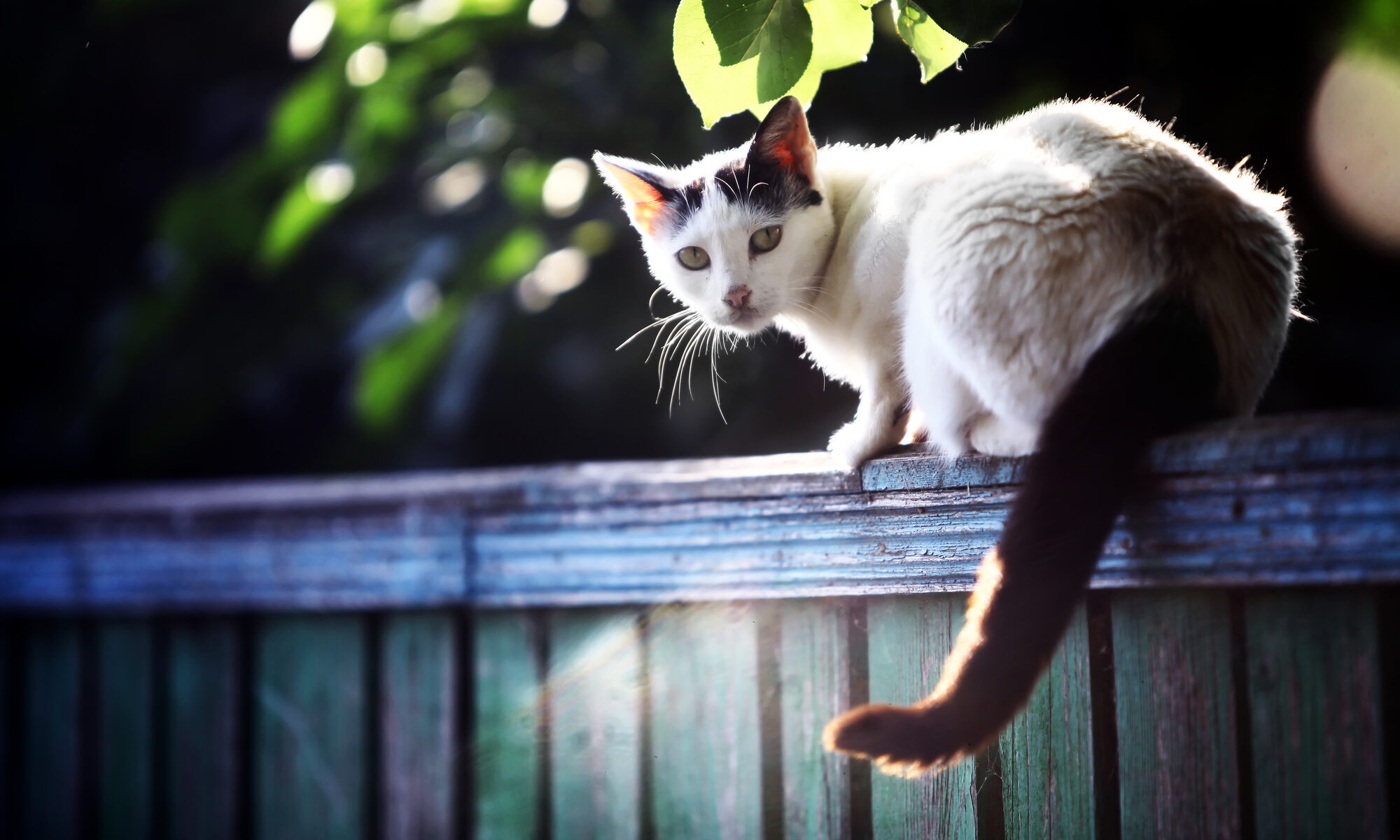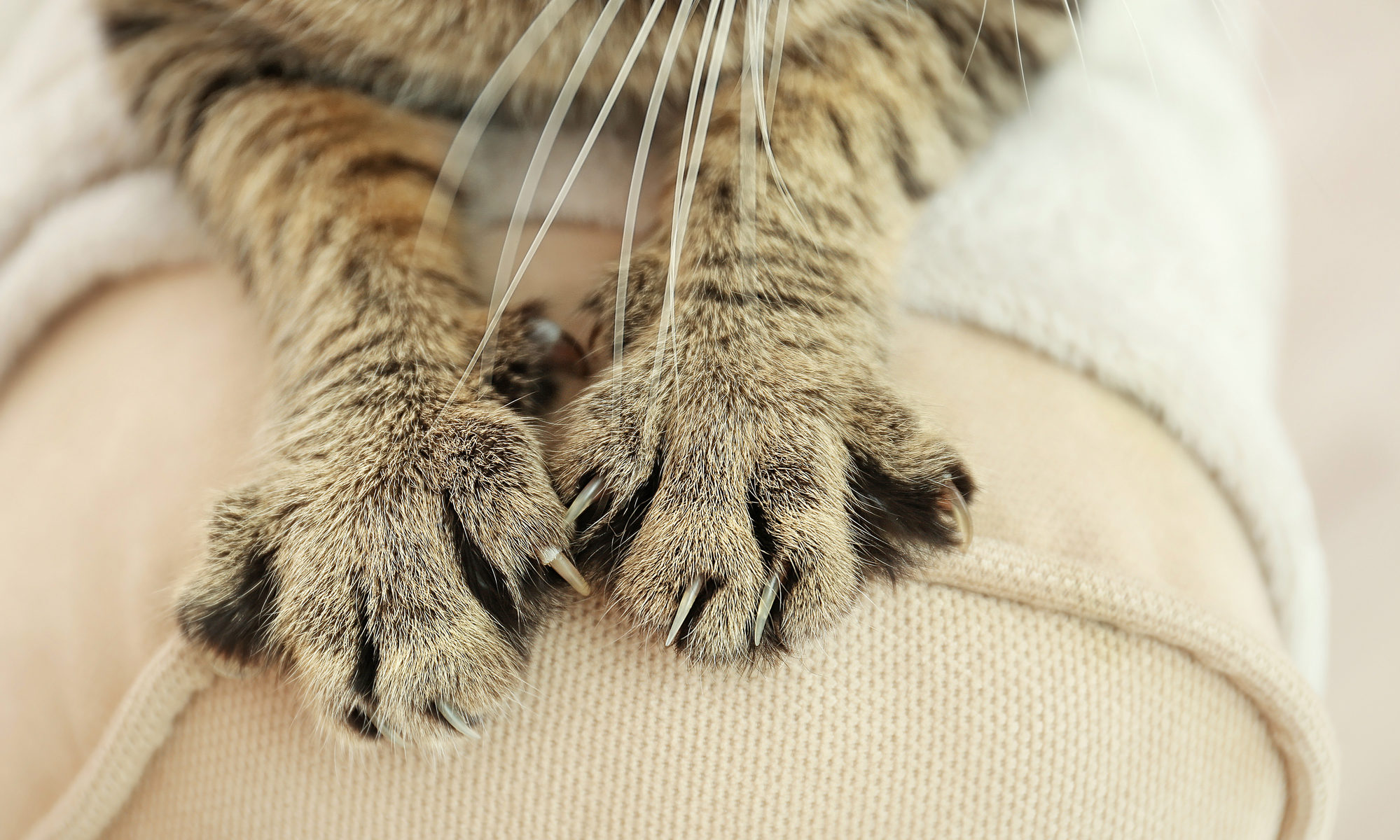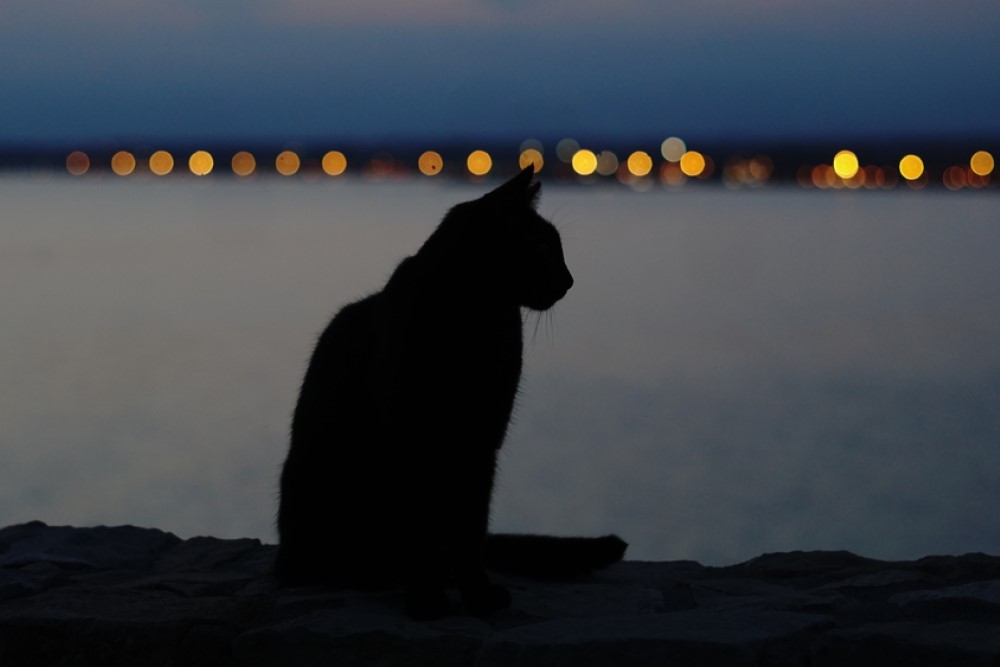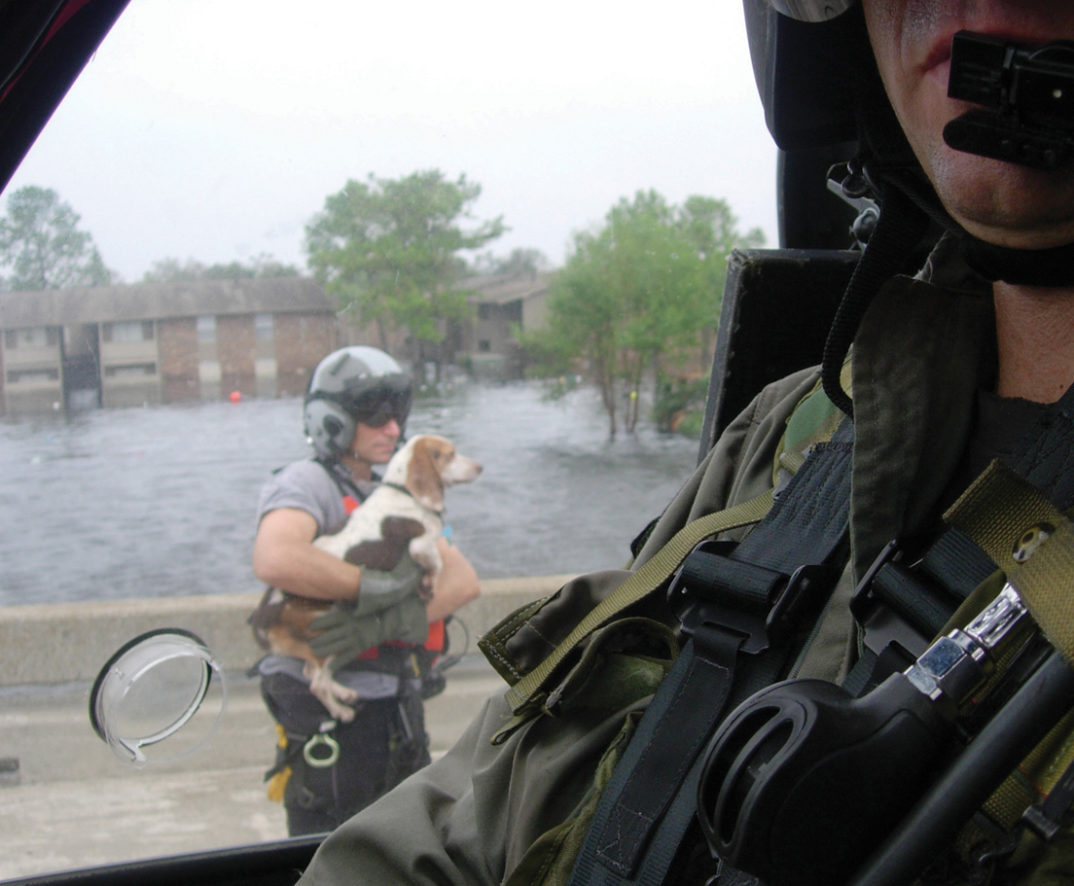In April 2022, Knox, Australia, imposed a world-first “cat curfew” requiring pet cats to be kept on their owners’ premises at all times. The restriction was implemented as a countermeasure to the widespread ecological devastation being caused by domestic cats (who kill around 200 million native Australian animals annually) and their feral offspring (who are estimated to kill an additional 1.4 billion native Australian animals annually). At the time the curfew was instituted, cats were already responsible for the extinction of 25 species of mammal found only in Australia, and posed a further threat to an additional 74 species of mammals, 40 birds, 21 reptiles and four amphibians.
At the time, I argued that the curfew is morally acceptable on both a consequentialist and a rights-based approach to the problem. In addition to the obvious reduction in harm to native species, the policy also benefits cats: protecting them from all kinds of risk factors and – in doing so – drastically increasing their average lifespan with no reduction to their quality of life. Subsequent research showed that cat curfews also protect human families by reducing the spread of zoonotic diseases. Cat curfews have subsequently been widely adopted across Australia.
Hawaii now finds itself dealing with a similar crisis. Hosting more endangered species than any other U.S. state, Hawaii is also home to an estimated half a million cats – a large portion of which are feral. While the exact rate of predation by these cats on native species is unknown, the fact that – on the U.S. mainland – cats account for the deaths of between 1.3–4.0 billion birds and 6.3–22.3 billion mammals annually, is enough to raise a serious concern for native Hawaiian wildlife.
But while predation by domestic cats might be managed by a simple curfew, reducing the harm caused by a feral cat population is much more difficult. This is exacerbated by the fact that some well-meaning Hawaiians routinely provide feral cat colonies with food, water, and medical supplies – even going so far as to build feeding stations. Not only do these actions sustain and encourage the feral cat population, but they also – somewhat catastrophically – attract native animals into the midst of those colonies. Those providing sustenance to these cats (often referred to as “colony managers”) argue that in doing so, they are ensuring the cats are well-fed and thus less likely to prey on native wildlife. There’s little evidence to support this claim, however, with data suggesting that a well-fed free-roaming cat will still kill around 75 animals per year.
Hawaiian authorities have recently begun issuing bans on feeding feral cats. This has led to heated protests, with demonstrators claiming that starving the cats is not a solution to the problem. What, then, might be?
The fact that cat curfews are beneficial to both native species and the cats themselves makes them relatively straightforward to justify. In the context of feral cat populations, however, things are much more complicated. There is no practicable way to restrict the movement of feral cats. The only solution, then, is to remove them entirely. The tricky part is figuring out the most ethical way of doing this. Australia has attempted to respond to their own feral cat crisis by airdropping poison-laced sausages. (No, really.) This can be contrasted with the traditional method of trapping and shooting – which tends to be fairly inefficient over a large area, but can work quite well in a small island context. In comparison to these more direct methods of killing, Hawaii’s policy of merely reducing food availability might seem more palatable. Despite this, however, there’s a very real question over whether a slow starvation is really better than a quick killing.
For some, it might seem counter-intuitive to consider how our conservation efforts affect the feral cats in question. But, given that cats are capable of feeling pain and pleasure – and given that many take this feature to be a morally relevant concern – it seems that we must consider their interests. It might be tempting to dismiss the suffering of feral cats on the mere basis that they are invasive. But there is little moral foundation for this. The very word implies a sort of malice – an intent to enter a biome to which they do not belong and cause harm to those who do belong. But this is entirely inaccurate. The feral cats of Hawaii – like many “invasive” species – have no such ill-intent. They are merely following their biological imperatives in an environment to which humans introduced them.
Perhaps, then, the best way of controlling invasive species is not to eradicate those animals that currently exist, but to prevent the creation of more. This is exactly what we try to do when we engage in a process known as trap, neuter, and release – or TNR. In doing so, we remove the ability of feral cats to breed. A completely effective implementation of TNR (i.e., one in which every cat in the population is spayed or neutered) would see a feral cat population dwindle to zero in the space of a single generation. What’s more, it would minimize the harm caused to these cats, with each allowed to live out the life it otherwise would have had but for human intervention.
Unfortunately, the effective implementation of TNR is notoriously difficult. Anyone who’s tried to coral their own domestic moggy can easily speak to this. What’s more, it requires that we play the long-game – and this isn’t necessarily the best way to minimize the total harm involved. Why? Well, while TNR might create the least suffering for the feral cat population, it continues to allow harm to native wildlife while we wait for the cat population to dwindle – harms that could be avoided if cats were removed via a quicker alternative.
But this is just a specific example of a more general concern that occupies ethical conservation. While the goods to be achieved by eradicating an invasive species might be clear, our moral considerations will often demand that we do this in the way that causes the least harm and suffering to the invasive animals concerned. It’s not entirely clear what this process might look like – which is what makes the crisis in Hawaii such a difficult problem to solve.

